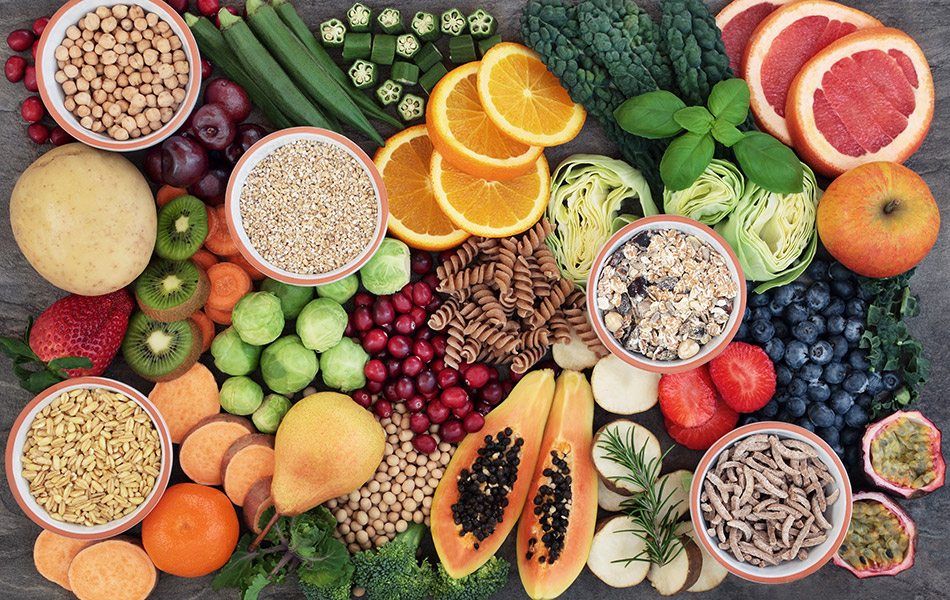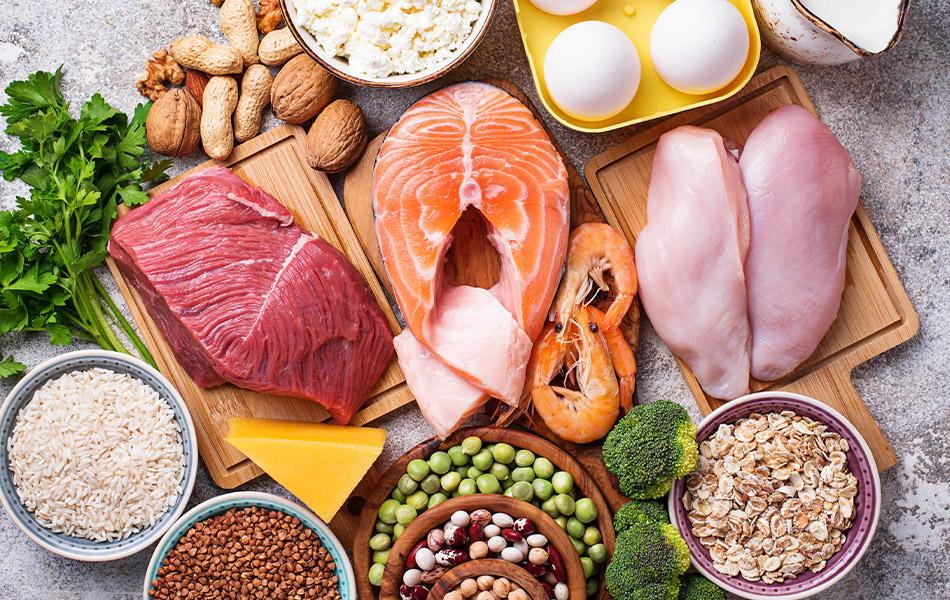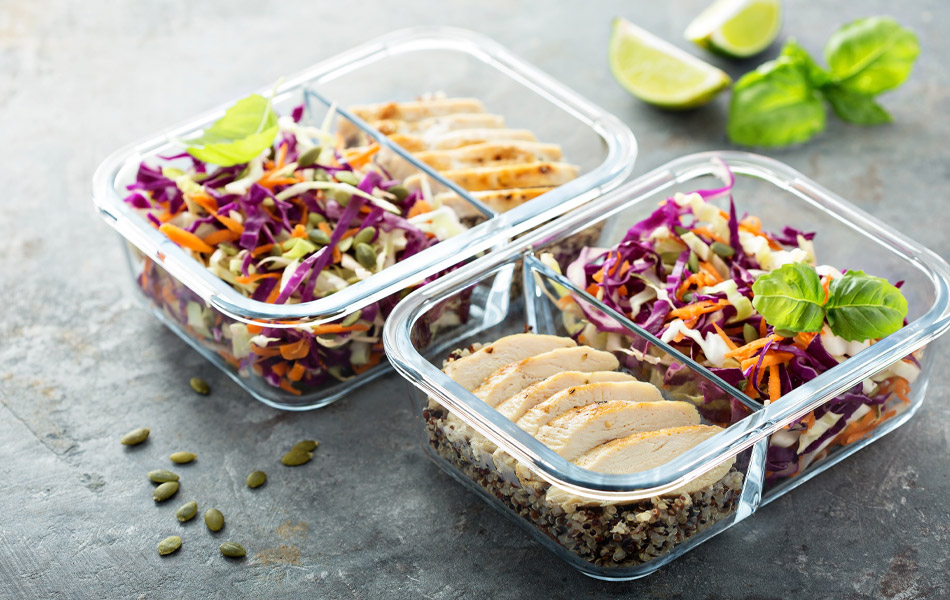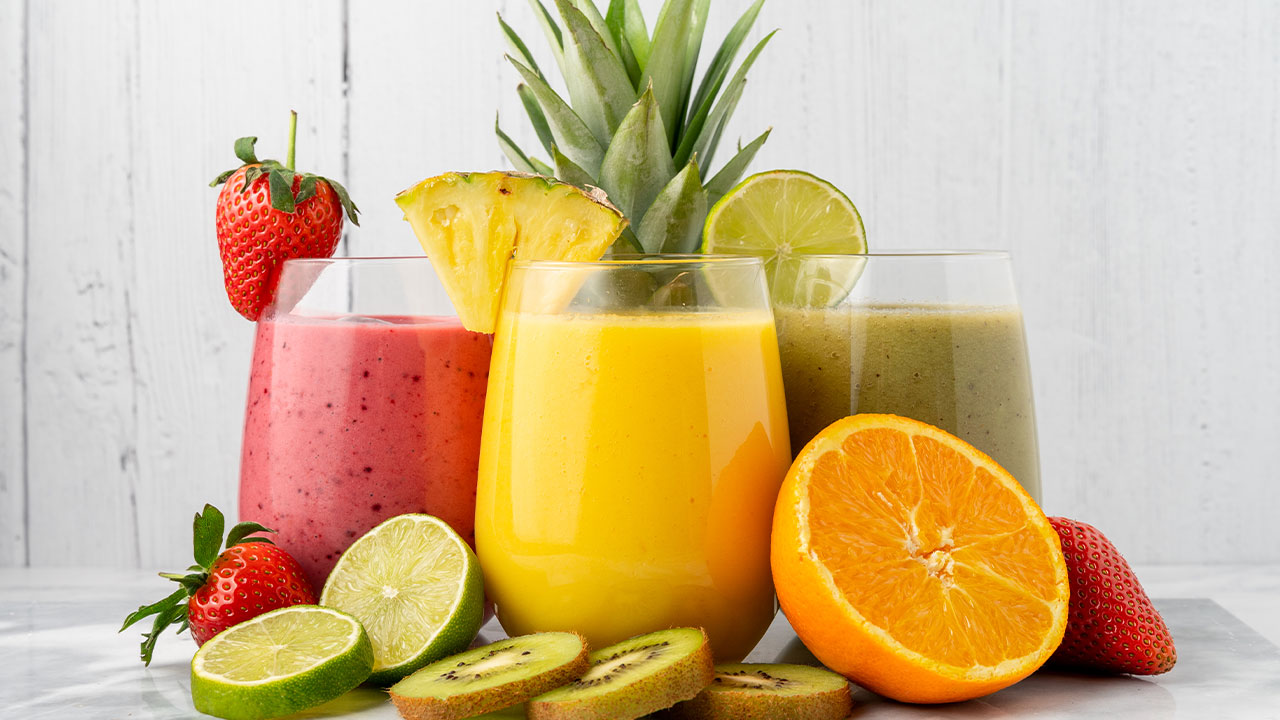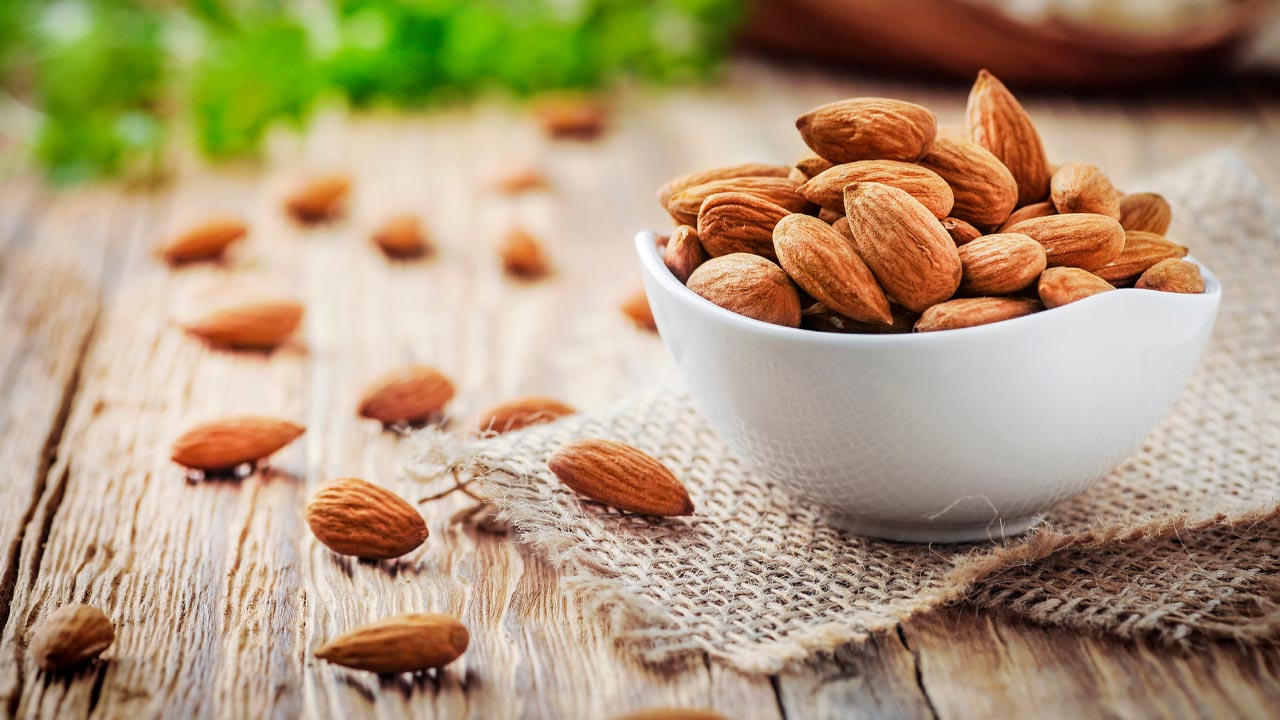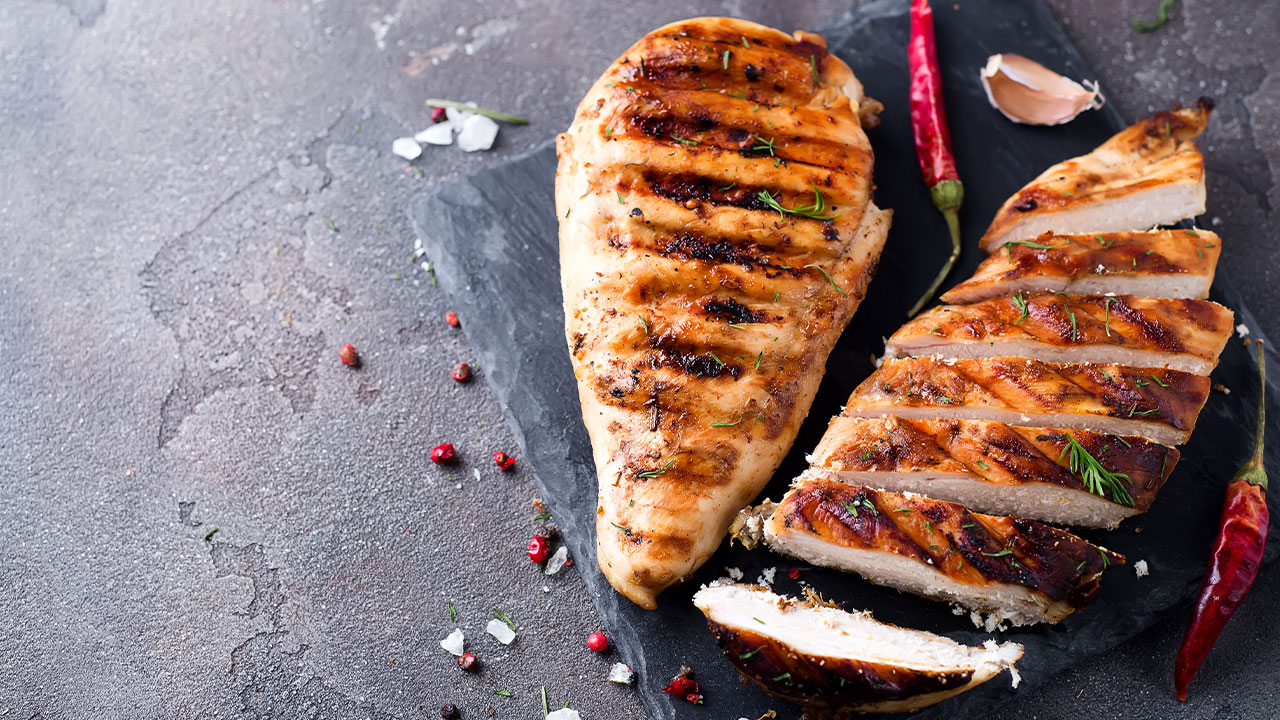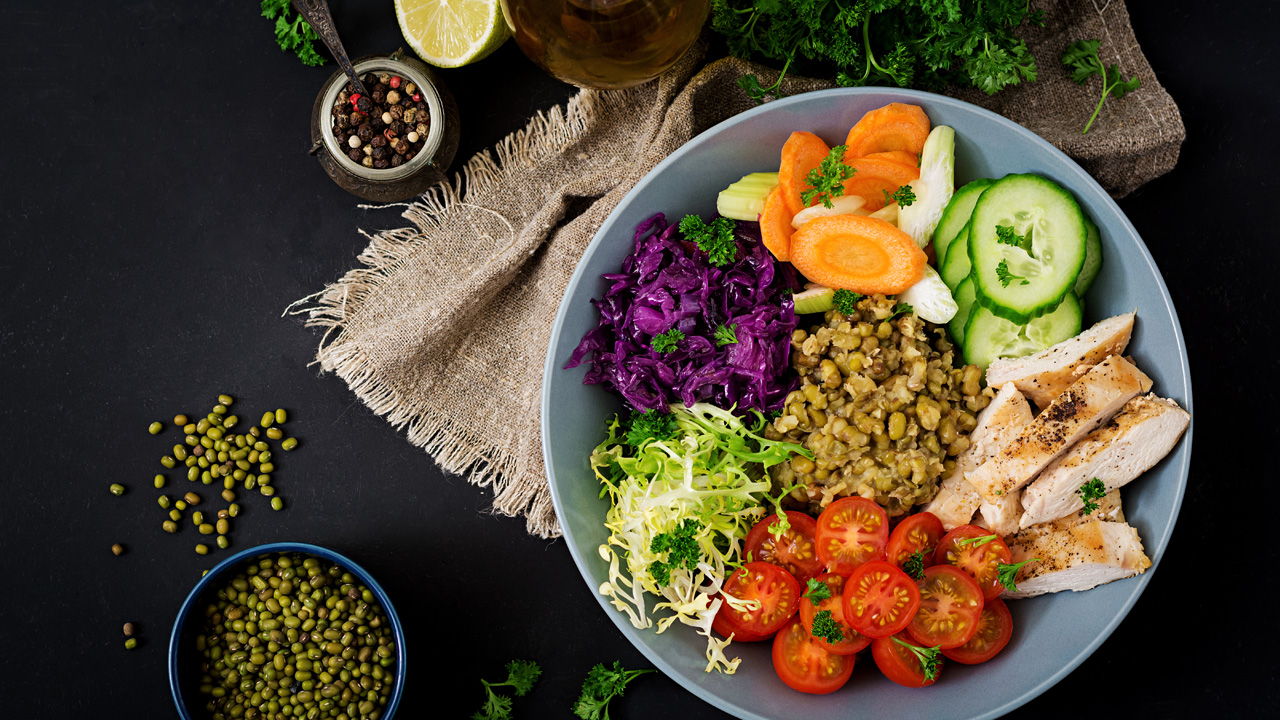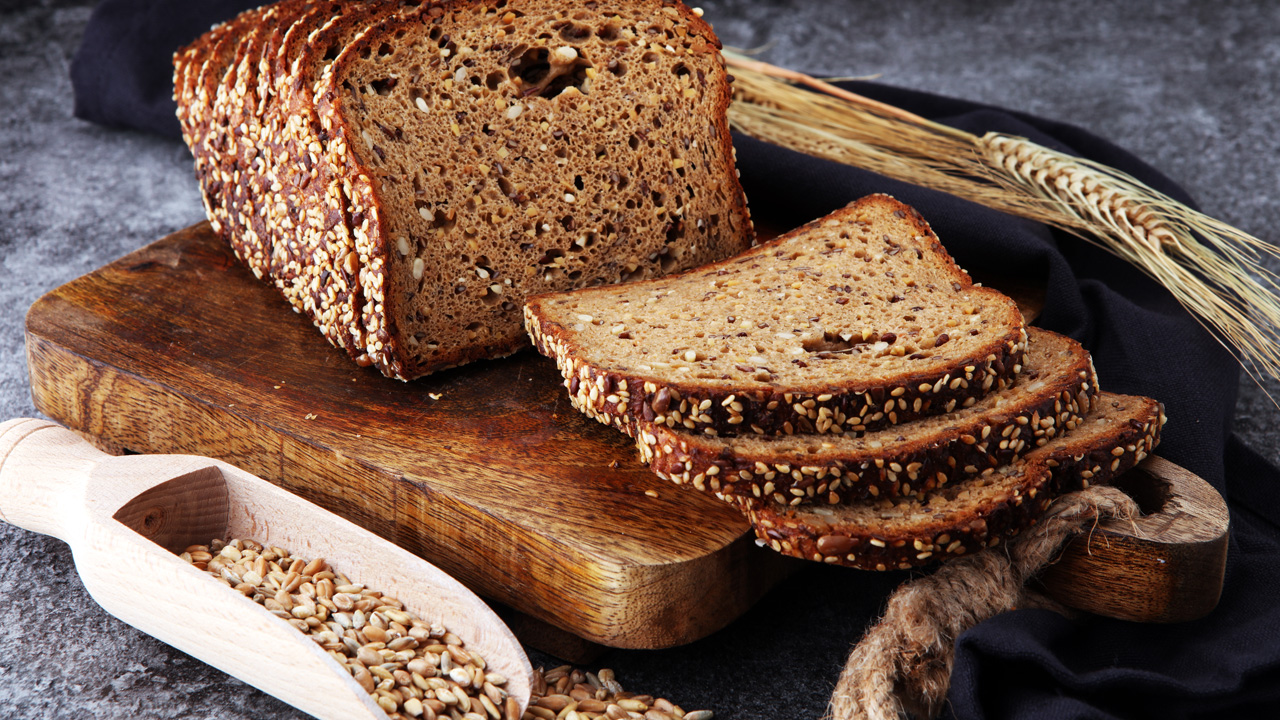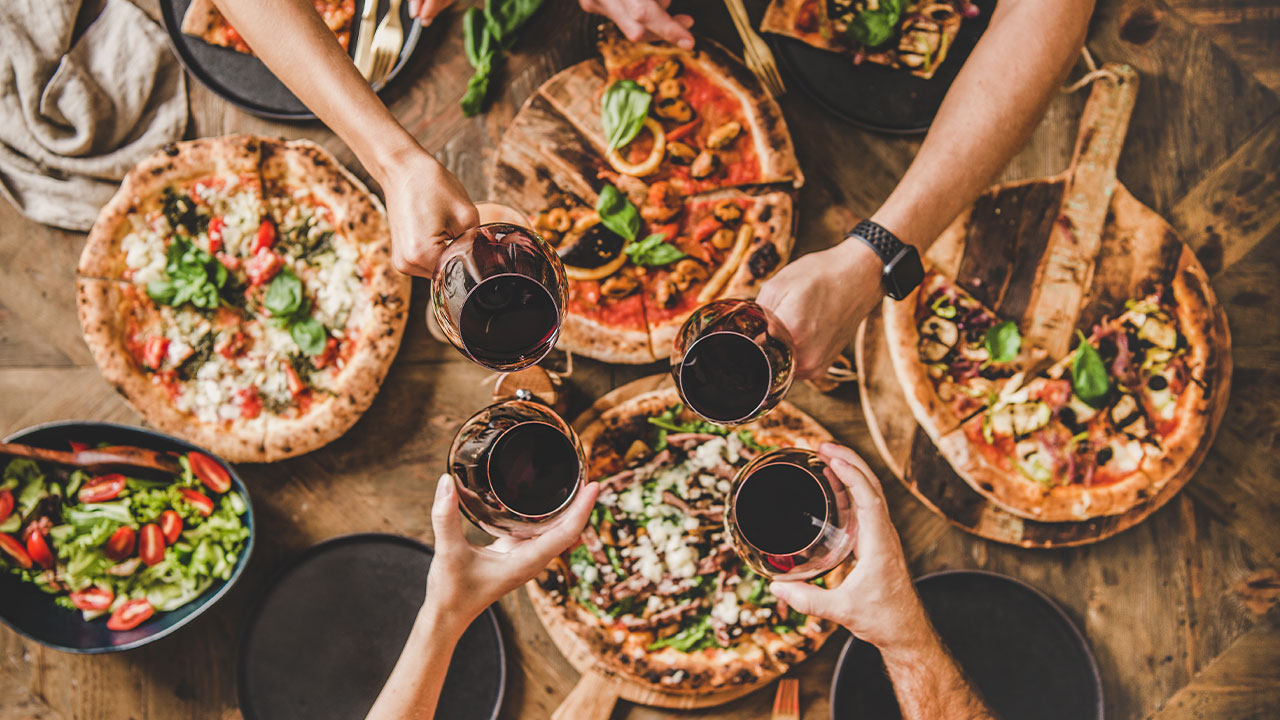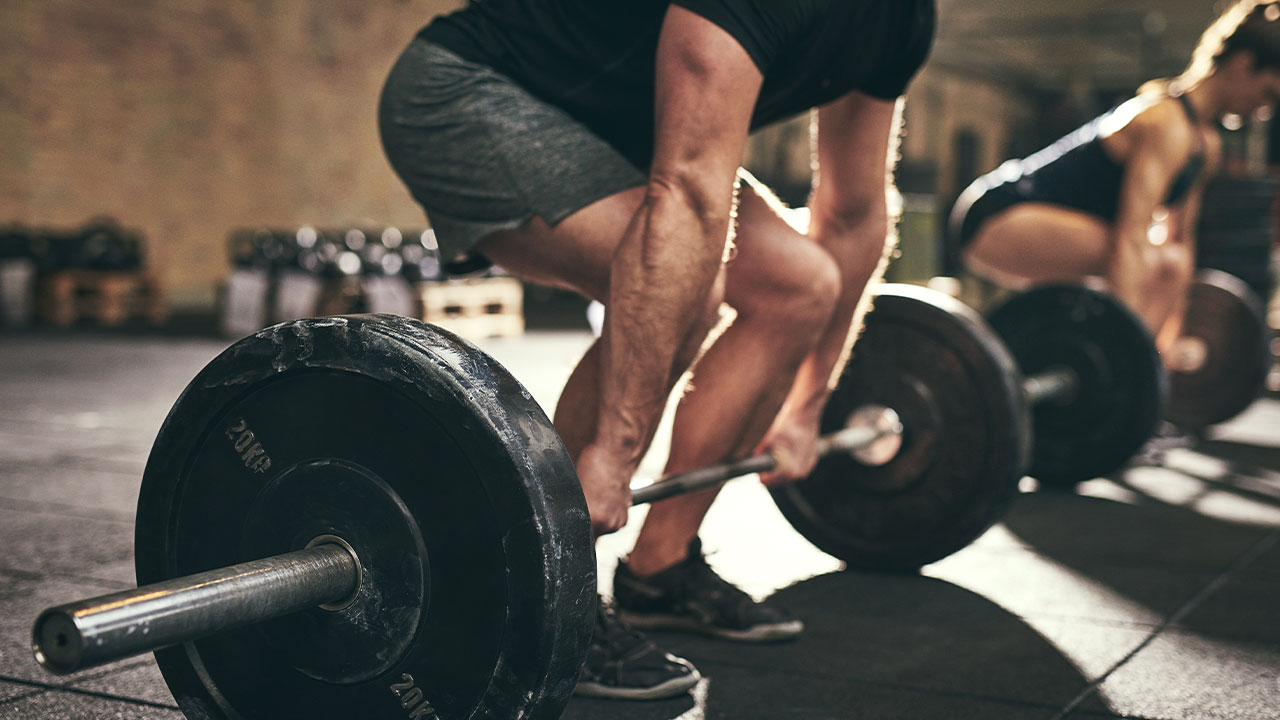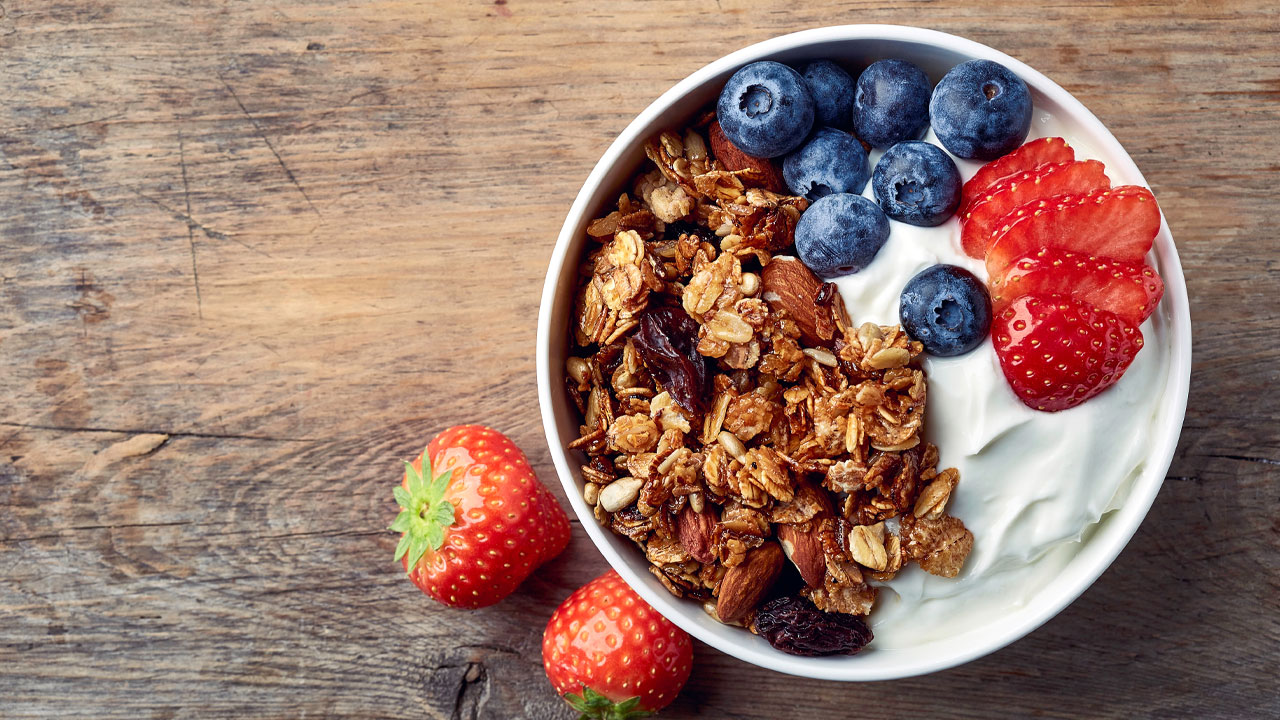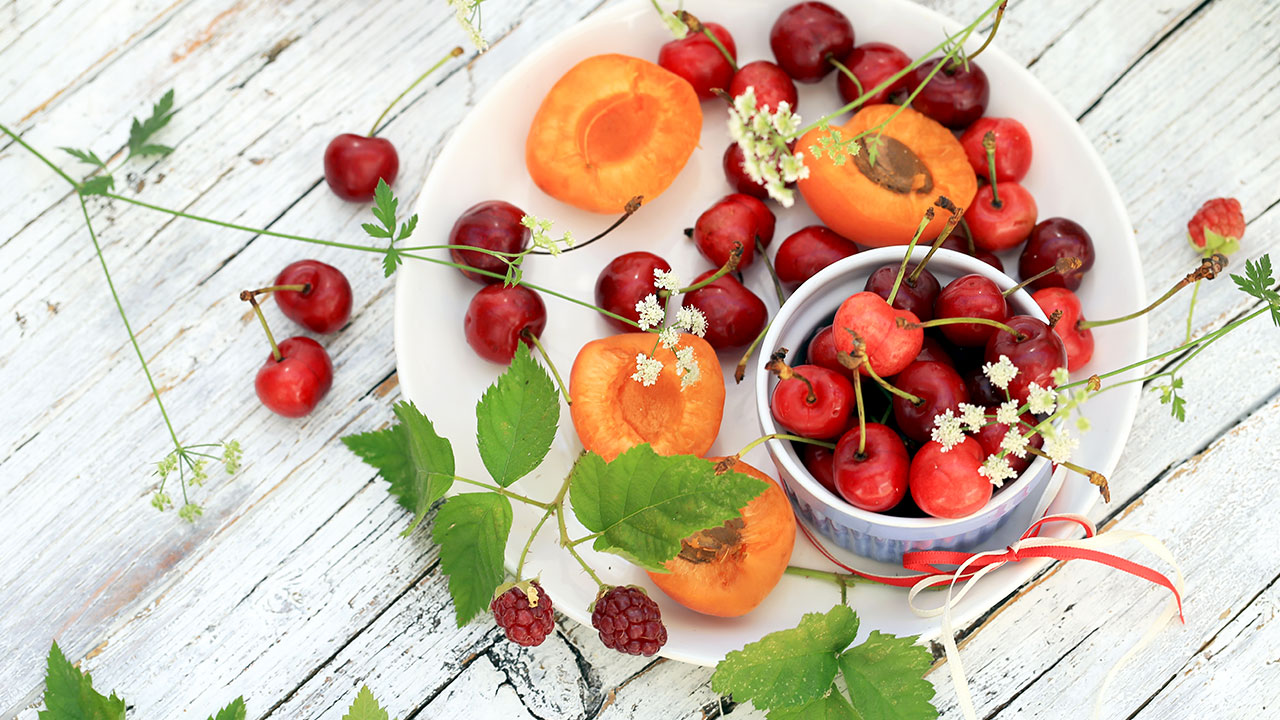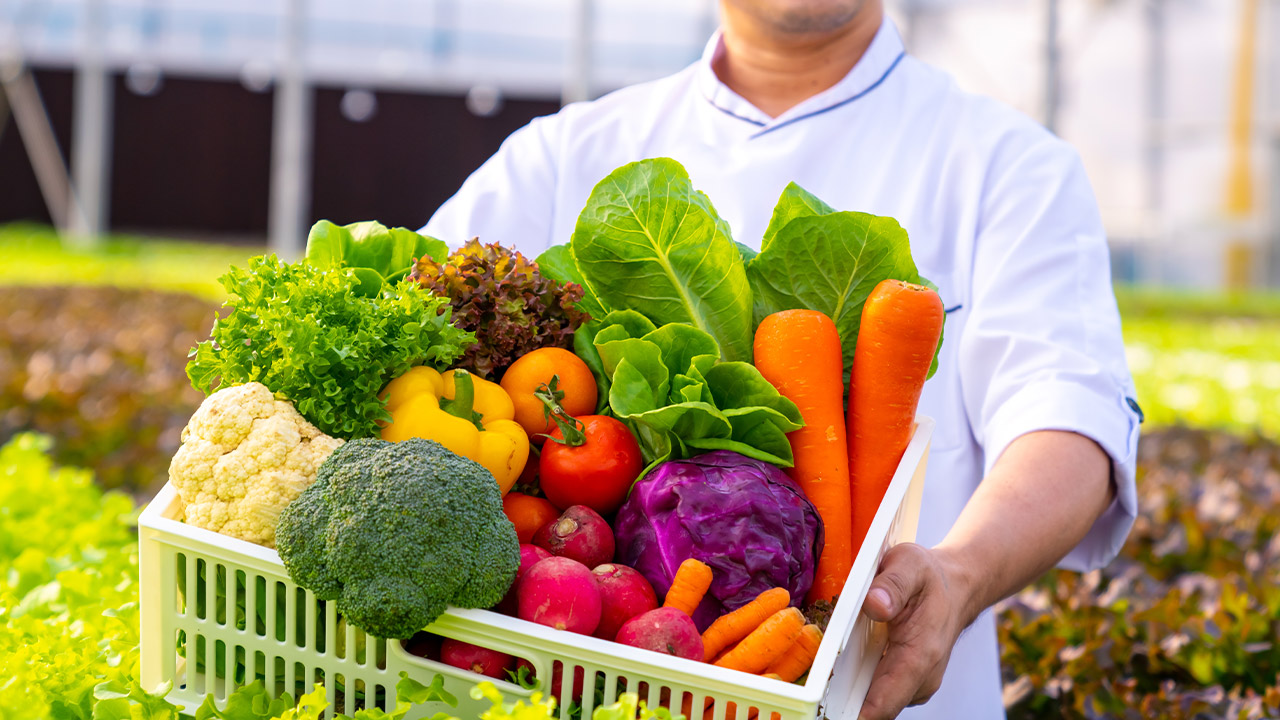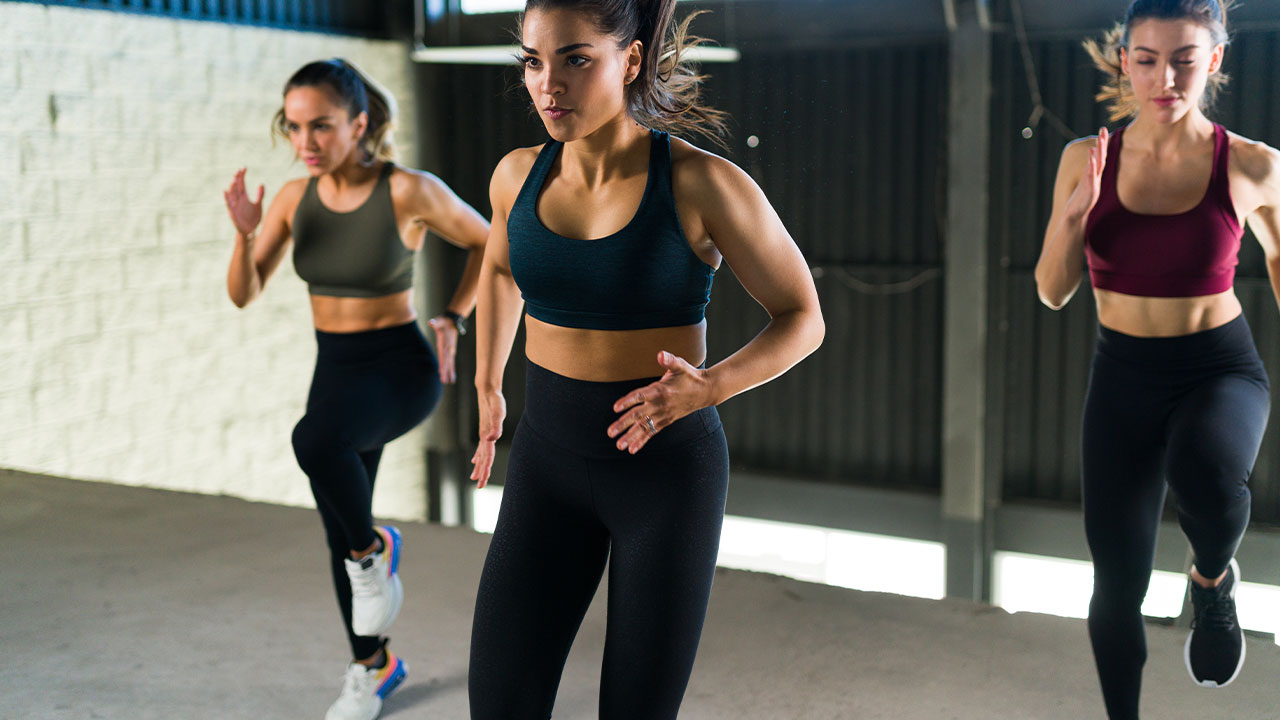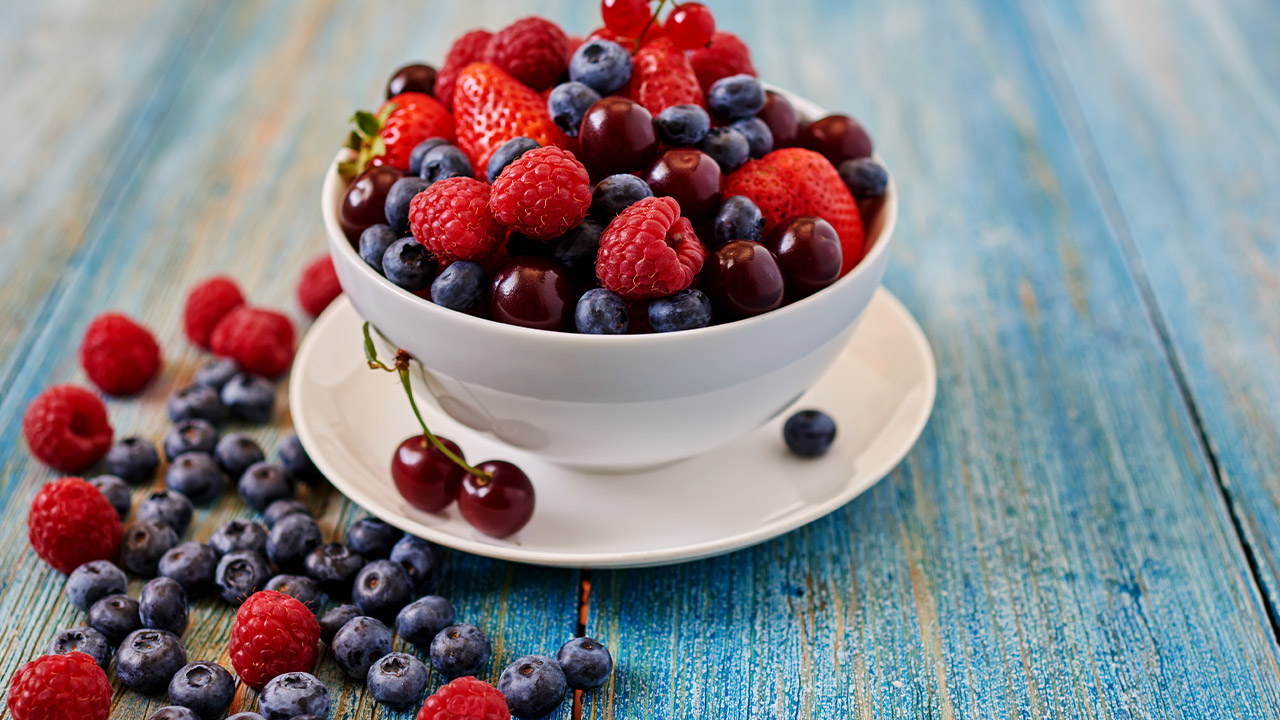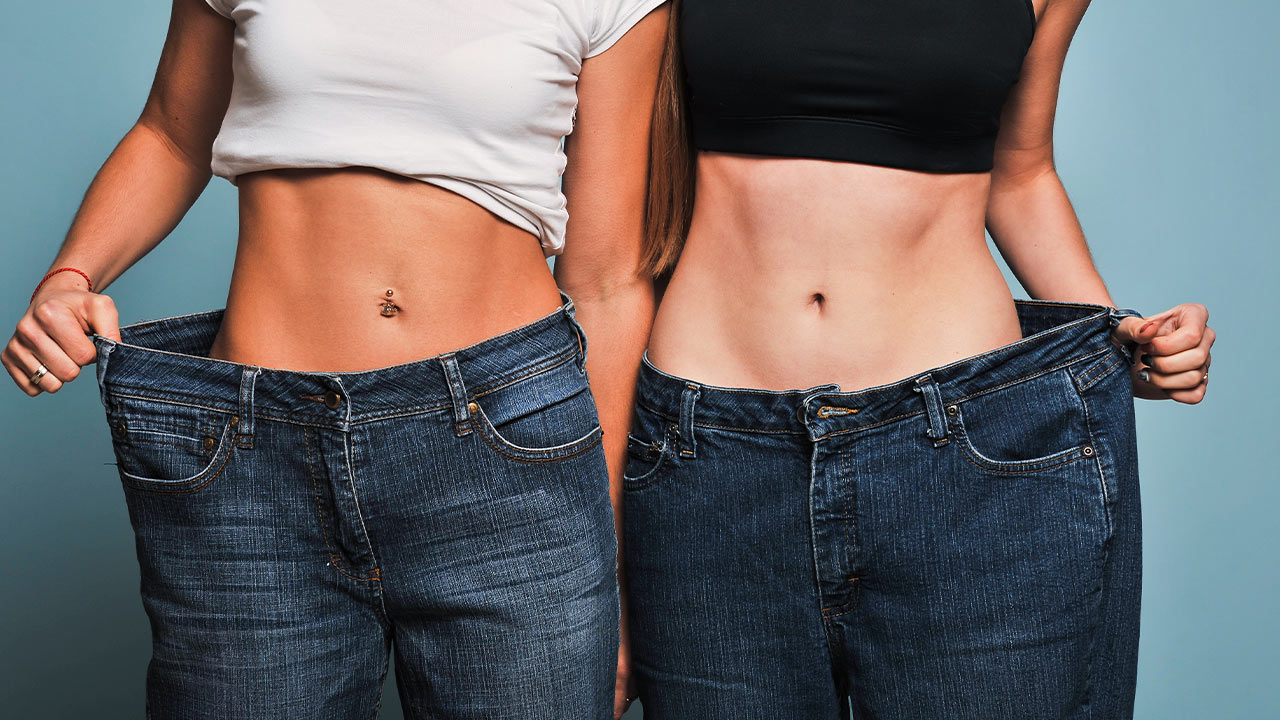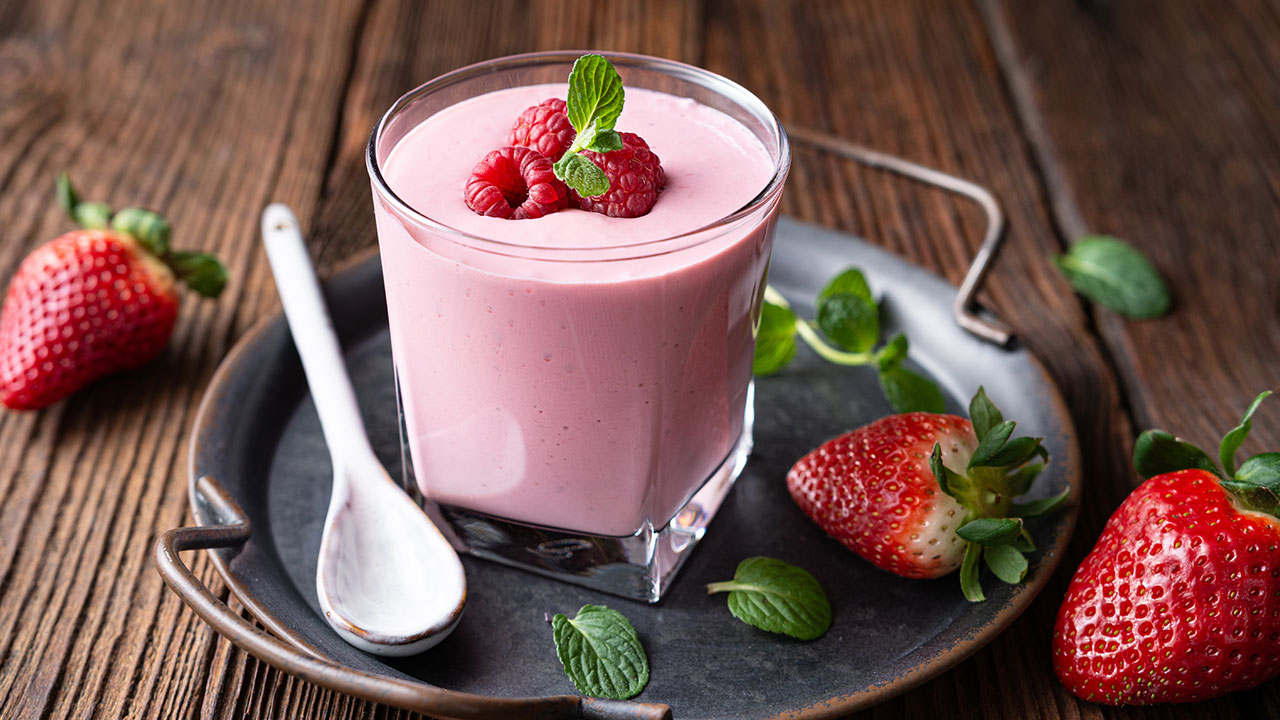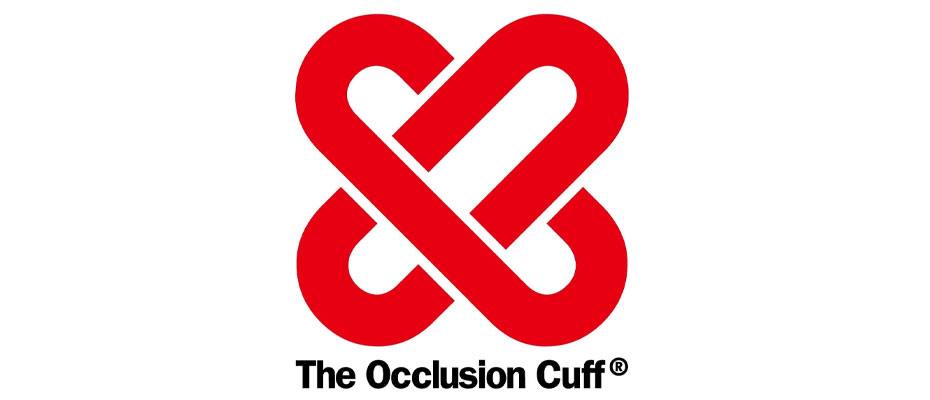5 Things That Make Your Salads Unhealthy
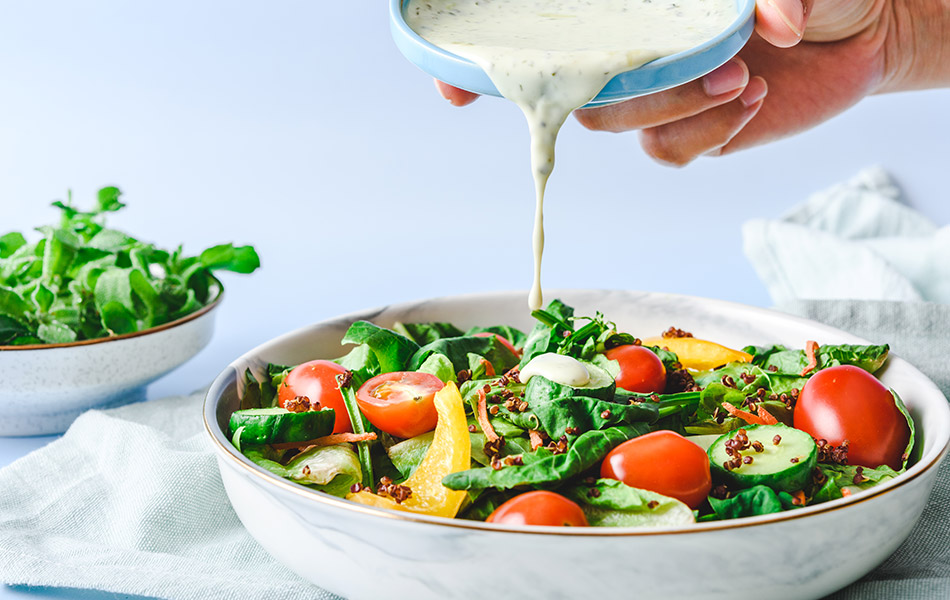
Hey Angels and Alphas,
From a nutrition perspective, making a salad seems so simple. But it’s not. Yes, it’s true, all you do is mix a bunch of ingredients together, both cooked and raw, and you go ahead and toss them in with your favorite salad dressing in hopes of achieving a healthy, filling, and delicious meal.
But if you’re not careful and mindful about what you put in your salad; you can quickly turn a recipe for a salad into a recipe for disaster.
And if you’re someone who loves salads and has made them a part of their daily diet, you already know how many things can go wrong. Too much cotton-dry chicken, too much cardboard croutons, too much dressing, not enough dressing, too many calories, too little calories, there are countless dietary roadblocks out there that can turn your salad into a high-calorie disaster.
That’s why today, we’ve come together to talk about the 5 biggest mistakes you can let slip when you’re trying to make a nutritious, fresh, healthy salad for yourself and those around you.
MISTAKE #1 – TOO MUCH SALAD DRESSING. Okay, putting too much salad dressing is something we’ve probably all been guilty of at one point. But that doesn’t change the fact that a little bit too much salad dressing can turn your salad into a high-calorie mess. Not only that, but too much dressing weighs down salad greens and destroys their freshness. Here’s a tip: toss greens in with a bit of salt and pepper before you dress them. This adds flavor and helps you cut back on your salad dressings.
MISTAKE #2 – USING ONLY RAW VEGETABLES. While crunchy cucumbers add nutrients and texture to a salad, raw vegetables are not your only option here. Tossing in grilled or steamed veggies will provide a different texture and an even richer flavor to your salad, and they pack an equally high nutritional value. Pickled veggies can also add an acidic flavor to your salad, not to mention, they’re well known for being rich in gut-friendly probiotics.
MISTAKE #3 – USING TOO MUCH CHEESE. There’s no doubt that cheese is a great way to add flavor you a salad, and the added fat and protein can give it extra satiating power. However, the pros of cheese are also its cons when it gets too much, and a salad high in saturated fat can take a toll on your fitness goals. Choose a flavorful cheese and try to stick with an ounce serving.
MISTAKE #4 – TOO MUCH SALT. This is a big one. Especially if you’re someone trying to lose weight. Salt is a nutrient that keeps our heart beating, balances our fluid levels across our body, and it’s safe to say it’s a nutrient vital to our health.
That being said, too much sodium can lead to undesirable results. Some might include dehydration, fatigue, bloating, headaches, and that’s just in the short-term. Long-term consistent intake of sodium can increase your risk of heart disease, stroke, and high blood pressure.
One of the big problems here is that salt is hidden throughout different products you might use in your salad. In the salad dressing, in the seasonings, in the croutons, everywhere. Always make sure you’re mindful of how much salt you’re putting on your salad. It will make all the difference in the world as to how healthy your salad is.
MISTAKE #5 – NOT ENOUGH PROTEIN AND FAT. If you’re going to be eating a salad as your only meal, you better make that meal satiating.
And what better way to add more satiety into your salad by using some healthy fats such as avocado or adding extra protein in the form of lean chicken? This will help your salad pack a bigger punch in terms of satiety and provide you with more energy throughout the day, reducing cravings and keeping you satisfied.

